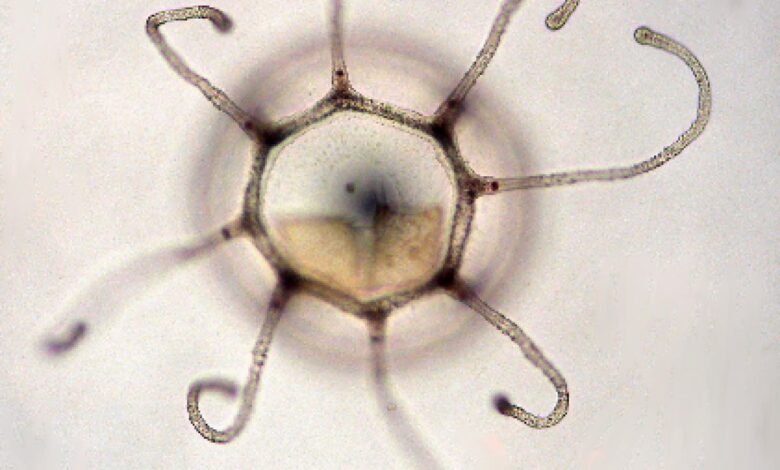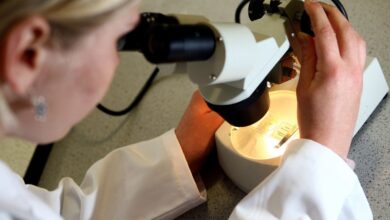DNA from ‘immortal’ jellyfish may provide clues on human ageing, research finds

Researchers believe that an “immortal” species of jellyfish that can reverse its ageing process holds the keys to understanding human ageing and pioneering new types of medicines.
Most jellyfish follow a similar cycle of birth and death. They begin their lives as drifting larvae, attach to the seafloor and turn into polyps, then clone themselves and form stack colonies, members of which eventually branch off and assume the familiar jellyfish form we are used to seeing in oceans and aquariums.
One species, however, Turritopsis dohrnii, adds an unexpected final step to this process. When under threat, either by injuries or harsh ocean conditions, it can turn itself in a cyst-like form that reattaches to the seafloor colonies and reverts to the polyp stage, before going through the development process once again, according to New Scientist.
In new research published in the Proceedings of the National Academy of Sciences, Maria Pascual-Torner, of Spain’s University of Oviedo, along with colleagues, describes the results of studying the Turritopsis dohrnii genome.
To conduct their study, they compared the genomes of the immortal jelly to a closely related species, Turritopsis rubra, the crimson jellyfish, which cannot reverse its ageing process as easily.
Looking at the two medusas, scientists found that the immortal jellyfish had two times the number of genes associated with DNA repair and protection, and had mutations that allowed the jellies to stunt cell division and prevent telomeres, the protective caps over the chromosome, from breaking down.
During the metamorphosis process, the immortal jellyfish also silenced developmental genes to return to their earlier forms, and activated other genes allowing the reverted cells to re-specialise” as the colonies branched off into swimming individuals once again.
Understanding ageing and DNA isn’t the only important medical breakthrough scientists have used jellyfish to uncover.
Many species of jellyfish, as well as some other undersea creatures, have proteins that make them light up in a natural form of neon known as bioluminescence.
Here, the potential is far less theoretical.
Scientists have taken jellyfish proteins used in bioluminescence and used them to derive compounds that help in mapping brains and researching diseases by lighting up proteins.
Such compounds are used in over roughly 1 million experiments per year, according to Gizmodo.





